Nikkei said Huawei expanded its investment in semiconductor businesses through Hubble, an investment company it established in 2019, when Washington began restricting access to US technology.
According to data from research firm Itjuzi, Hubble has invested in more than 60 companies, ranging from chip design, materials to manufacturing and testing. Information from the Tianyancha website also shows that Hubble is a shareholder in more than 50 companies.
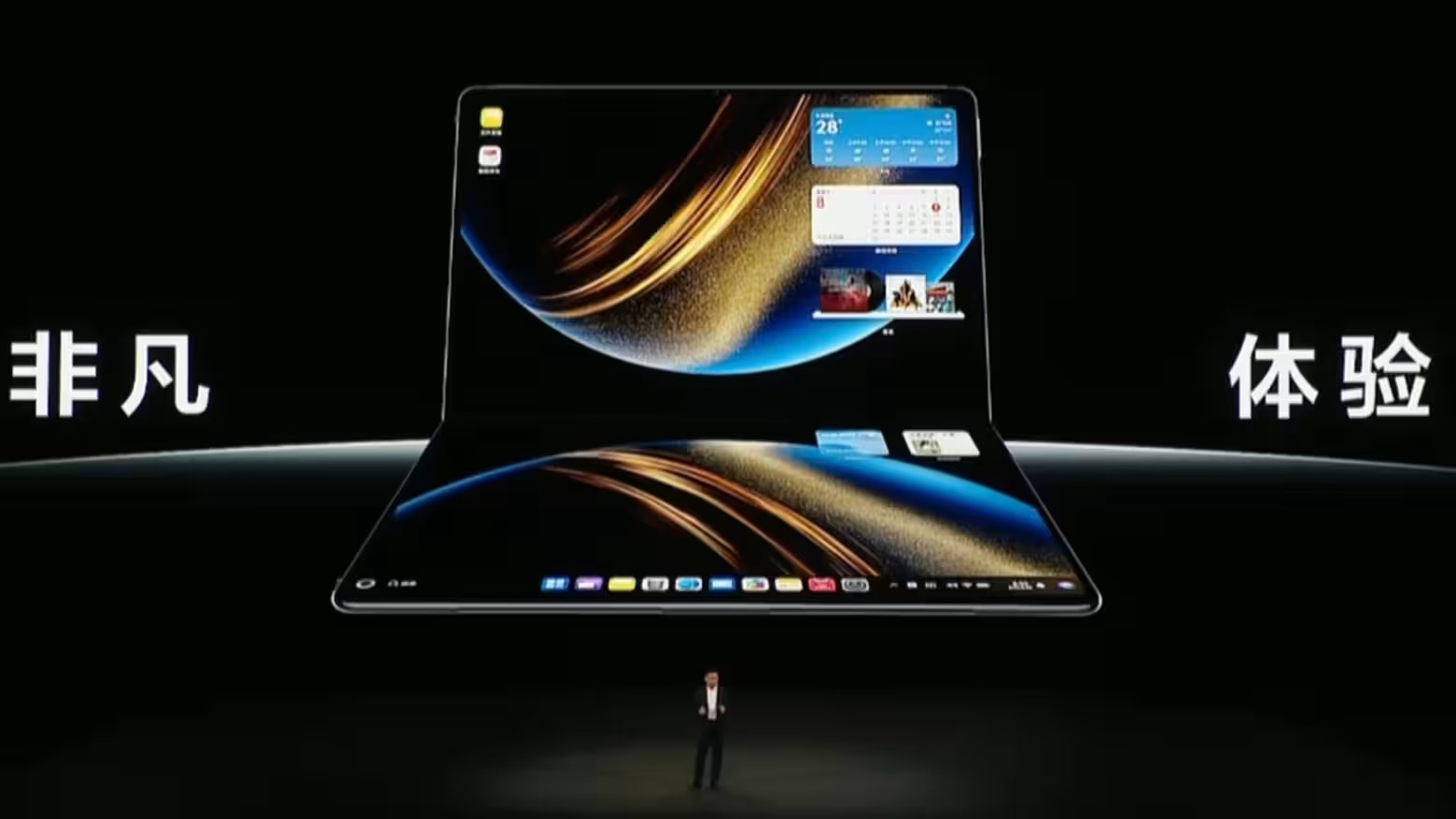
Huawei’s goal is to let companies develop technology and manufacture products according to its requirements. Tang Jin, a senior researcher at Mizuho Bank (Japan), commented that the top priority of the Chinese technology “giant” is to create a controllable supply chain.
Many Chinese companies have the technology needed for next-generation chips. Last year, Huawei invested in Suzhou Carbon Semiconductor Technology, which develops and manufactures wafers made from carbon nanotubes. These wafers perform better than wafers made from traditional silicon.
Huahai Chengke New Material, which Huawei invested in from 2021, produces packaging materials needed to produce high-bandwidth memory (HBM) used in generative AI.
In addition to investing through Hubble, Huawei also has a close relationship with chip equipment maker SiCarrier, and some observers say the company is developing lithography equipment independently.
SiCarrier is believed to have been a part of Huawei before it was spun off and is backed by the Shenzhen government. The company is building several large factories in Shenzhen at a rapid pace.
The US has banned Huawei from doing business with the world’s largest chip foundry TSMC. Meanwhile, SMIC – China’s largest chip foundry – has been unable to buy cutting-edge manufacturing equipment due to the sanctions. With few options, Huawei has had to establish a domestic chip supply chain and improve its technology.
The company has developed 7nm chips and equipped them in smartphones and other devices. The new laptop model – expected to be available on June 6 – is expected to use a more advanced 5nm chip.
According to Nikkei , all of these advanced chips are designed by HiSilicon and manufactured by SMIC and other Chinese chip foundries. However, efficiency and precision remain barriers to mass production of advanced chips.
Making chips yourself also requires significant investment, with Huawei reporting a loss of 400 million yuan in the fourth quarter of 2024. It is likely that the costs of developing and manufacturing semiconductors are a factor.
Huawei is the major player behind three manufacturing plants in Shenzhen’s Guanlan district, according to a Financial Times source. Satellite images obtained by the Financial Times show that the distinctive Guanlan factories have expanded rapidly since construction began in 2022. The factories represent Huawei’s ambition to become a leader in semiconductors, bolstering China’s efforts in emerging technology areas such as AI.
Dylan Patel, founder of chip consultancy SemiAnalysis, said Huawei has put an unprecedented effort into developing every part of its domestic AI supply chain, from wafer fabrication equipment to model development. “We’ve never seen a company like this before,” said Dylan Patel, founder of chip consultancy SemiAnalysis.
Last week, Xiaomi announced that it had successfully developed 3nm chips for smartphones and tablets. However, the company still relies on TSMC for production, meaning it has a long way to go before it can truly become self-sufficient in technology.
(According to Nikkei, FT)

Source: https://vietnamnet.vn/huawei-don-luc-xay-chuoi-cung-ung-ban-dan-de-khong-con-bi-phuong-tay-de-doa-2406851.html









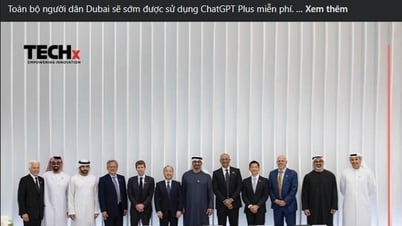

























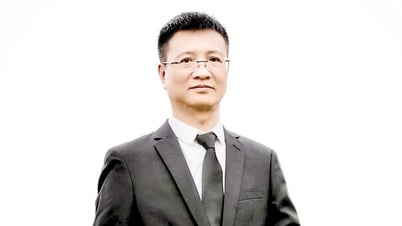



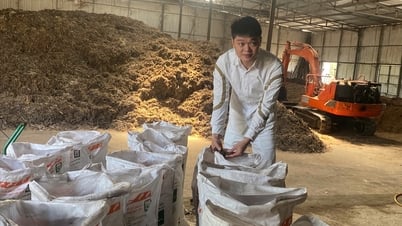



























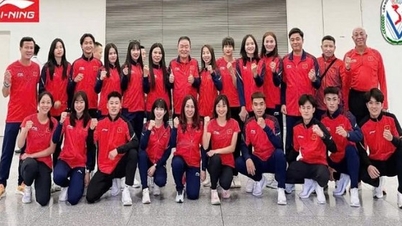

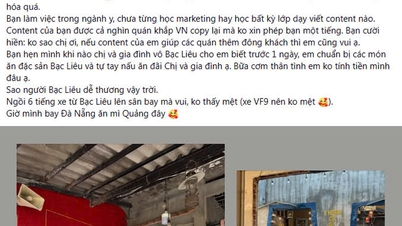
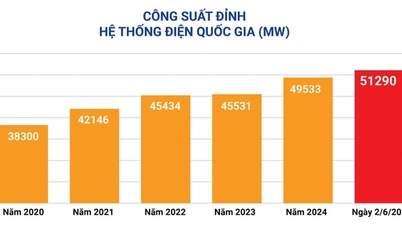

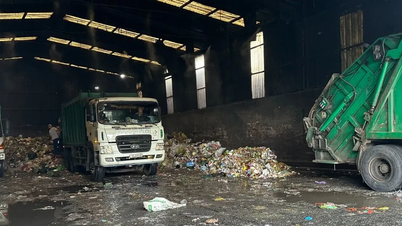

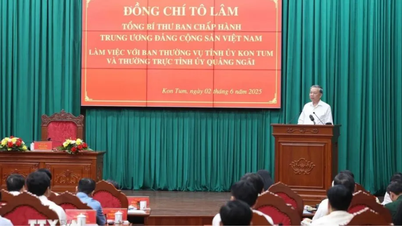


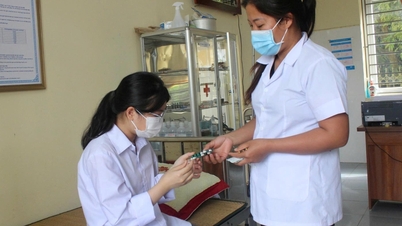














Comment (0)